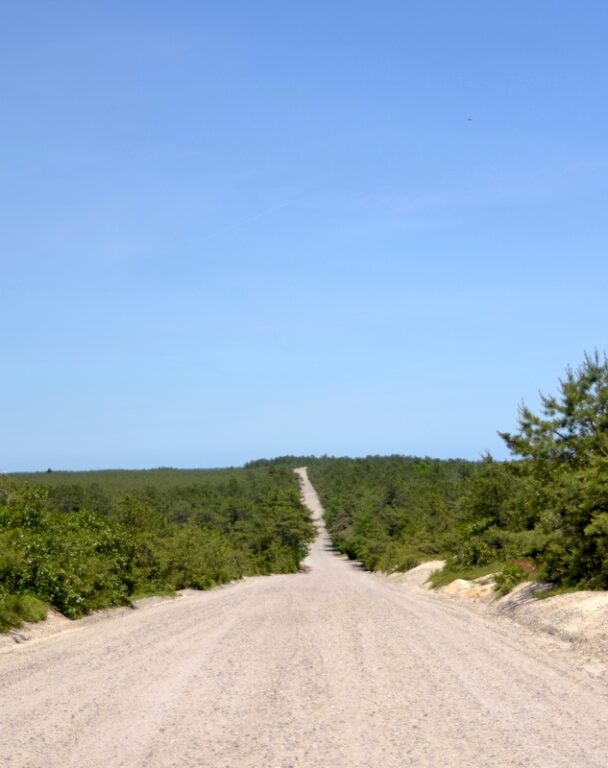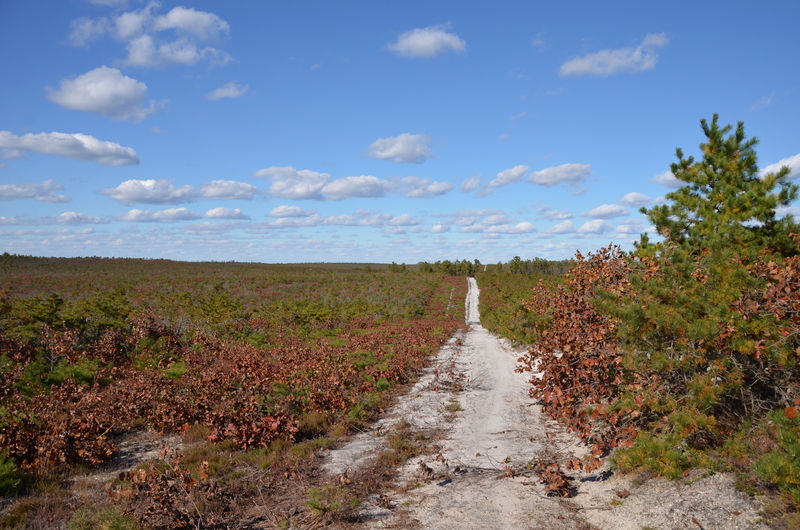There’s a place in New Jersey where the trees only grow about as tall as a person’s waist, with some exceptions. It is one of the state’s most intriguing destinations and also one of its least-known attractions.
The New Jersey Pine Barrens is home to a remarkable natural phenomenon: the pygmy forest.
This unique ecosystem, part of the New Jersey Pinelands, features a stand of dwarf but mature pine and oak trees, with an average height of less than 11 feet. Located primarily in the Warren Grove Recreation Area, which was acquired from the National Park Service in the 1970s, the pygmy forest spans over 12,000 acres, making it the largest habitat of its kind on Earth.
The pygmy forest is found in southern New Jersey, specifically in the Little Pine Plains area, part of the Warren Grove Recreation Area. This area is west of the town of Warren Grove and forms part of the larger Pine Barrens region. The forest is known for its globally rare forest community, where mature trees like the pygmy pitch pines and oaks grow to an average height of 8-10 feet.
The unique characteristics of the pygmy forest have intrigued biologists and naturalists for many years. Early in the 20th century, naturalist Witmer Stone described the Pine Barrens, including the Pygmy Pine Plains, as desolate stretches of white sand barrens, largely devoid of trees taller than one’s knees. This vivid description highlights the stark and unusual nature of the pygmy forest landscape.

The pygmy forest’s distinct feature, the short stature of its trees, is attributed to environmental factors, particularly the frequent occurrence of wildfires in the region. These fires stunt the growth of the pines, maintaining their dwarf stature while not hindering their ability to thrive in these conditions. This adaptation has allowed the pygmy forest to develop into the largest of its kind globally.
In addition to its unique dwarf trees, the pygmy forest is also home to a diverse range of plant species. Among the 850 species found here are rare plants like the curly grass fern and broom crowberry. The region is notable for its unusual overlap of species, hosting a blend of both northern and southern plant varieties, further adding to its ecological uniqueness.
New Jersey’s pygmy forest represents a rare and fascinating ecological niche. Its dwarf trees, shaped by the fires that frequently sweep through the Pine Barrens, have created a landscape unique not only in the United States but also globally. This forest continues to be a subject of interest and study for biologists and nature enthusiasts alike, offering a striking example of how nature adapts and thrives under challenging environmental conditions.
